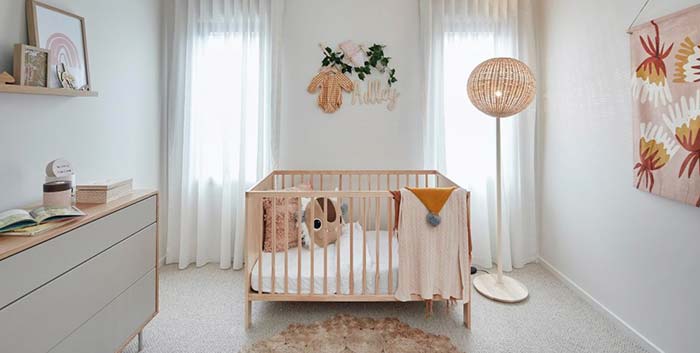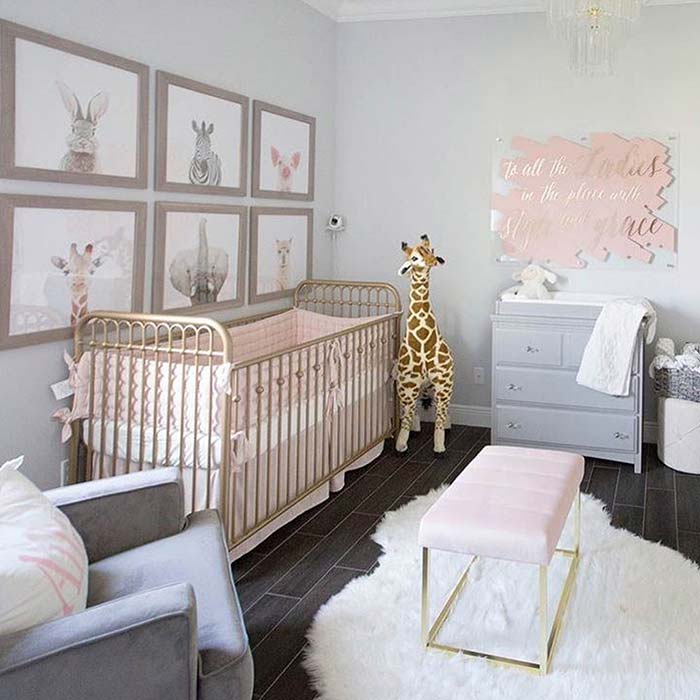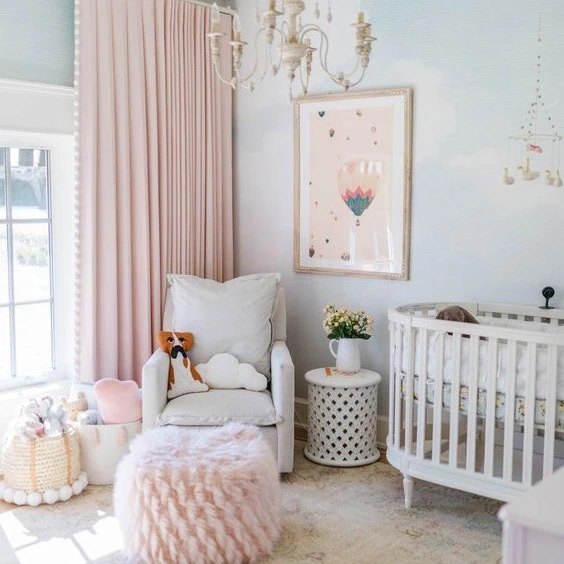5 Tips for Painting Your Nursery

With more people staying home, and others moving from the city to Westchester during Covid, we have seen and painted our share of nurseries. Why? We are a safe choice. We only use our employee painters who practice Covid precautions.
One of the first projects many decide to tackle is the nursery. This is one room where paint can make a big difference. So we have come up with these tips for painting your nursery.

1. Focus On Finish
For a child’s room, or any room that will be prone to “stuff” happening within its four walls, the only paint finish you should really consider for the walls is Eggshell, which has the second least amount of sheen (most matte is Flat). Though you may love the look of completely matte walls, cleaning the surface with something as innocent as a paper towel may change the color of your walls. For the trim can be satin or semi-gloss finishes are good choices.
2. Look For Low/No VOC Paint
VOC’s (Volatile Organic Compounds) are the latest word of the paint world. Basically, this is the toxic stuff emitted by solvents in paint that can be harmful to inhale. The paint you choose matters and how you choose to paint matters as well. We can help guide you and keep the room well ventilated during painting and drying. We can also install a zip wall to section off the area.

3. Get the Glare Out
Many paints reflect light. Generally speaking, the more white there is in a color, the higher the light reflection will be. It is recommended that babies’ rooms be painted with color to keep glare at bay.

4. Consider Color
The color you select for your baby’s nursery should be one you like, but ultimately be one your baby will enjoy, as well. Early in life, babies favor pastels (light) and highly saturated (bright) colors. Adults tend to prefer more nuanced colors, tones, and shades, by comparison. You will, of course, have more in the room than just paint. So it’s just something to consider.

5. Test
Color is unstable by nature. With variables such as the paint substrate, finish, lighting, amount, placement, context, etc., you can see why people are often surprised by the appearance of the color when they see it in a room for the first time. Use the small color cards and fan decks available in paint stores to develop a shortlist of colors, but ultimately do a paint test on the walls in the room since that is where it is going to live. Hold up major items/colors that will be present in the room to see how they look. If you are really stuck we can offer you a free color consultation with a designer.
